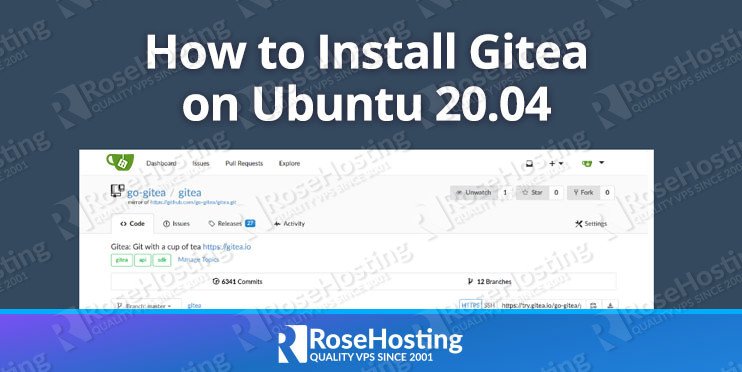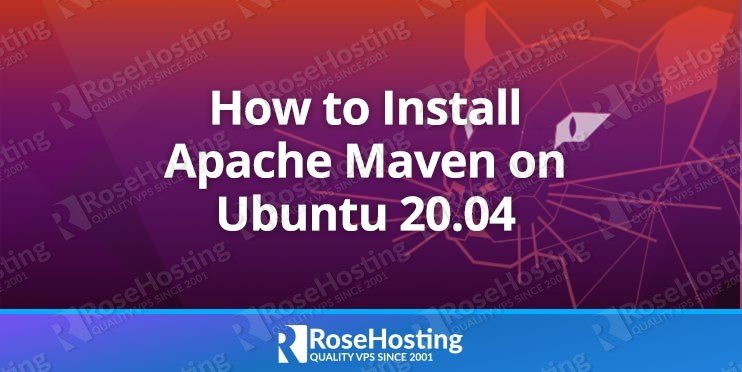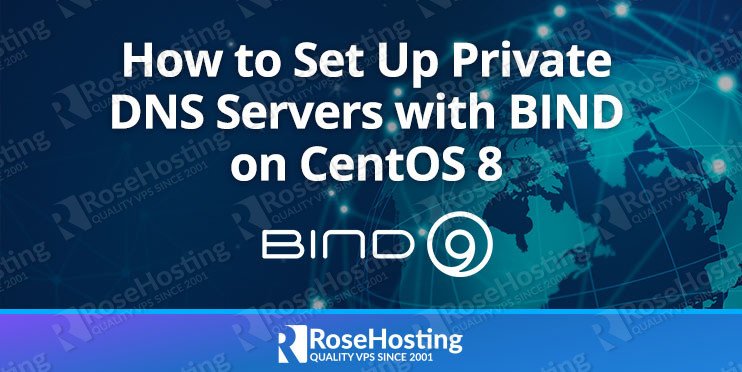

Gitea is a simple, lightweight, and self-hosted Git platform written in Go. It is a fork of Gogs and very similar to GitLab. Compared to GitLab, Gitea is extra easy, light-weight, and straightforward to configure. It can be installed on all major operating systems including, Windows, macOS, Linux, and ARM. With Gitea, you can track time, issues, repository branching, file locking, merging, and many more.
In this tutorial, we will show you how to install Gitea with Nginx as a reverse proxy on an Ubuntu 20.04 VPS.













